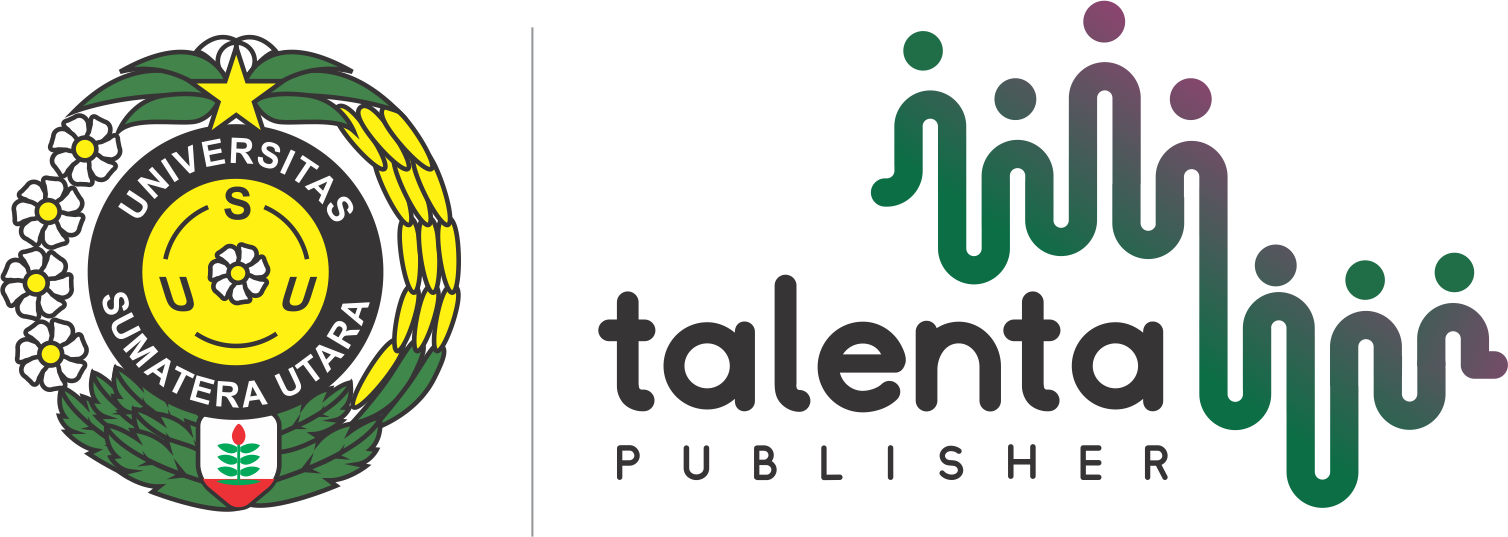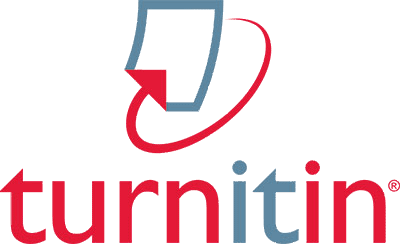The Use of Rich Platelet Fibrin (PRF) In Root Coverage
| Authors | ||
| Issue | Vol 2 No 1 (2025): TALENTA Conference Series: Tropical Medicine (TM) | |
| Section | Articles | |
| Section |
Copyright (c) 2025 Talenta Conference Series: Tropical Medicinie (TM)  This work is licensed under a Creative Commons Attribution-NonCommercial-NoDerivatives 4.0 International License. |
|
| Galley | ||
| DOI: | https://doi.org/10.32734/tm.v2i1.2696 | |
| Keywords: | Gingival recession Platelet-rich fibrin (PRF) Coronally advanced flap Connective tissue graft | |
| Published | 2025-07-31 |
Abstract
Hello there! When the gum line pulls away from the cemento-enamel junction (CEJ), exposing the tooth root, this condition is called gingival recession. Issues include root cavities, dentin hypersensitivity, trouble controlling plaque, and cosmetic concerns arise when the tooth root is exposed. The use of desensitizing materials, interventions to modify poor behaviors, and optimum plaque management are non-surgical therapy options for gingival recession. When surgical intervention is necessary, a combination of a coronally advanced flap (CAF), tunneling, and gingival graft yields satisfactory outcomes for both isolated and systemic recessions. As an adjunctive treatment to pedicle surgery, platelet-rich fibrin (PRF) represents the cutting edge of gingival surgery. Review of Existing Literature. Autogenous platelet-rich fibrin (PRF) is a biomaterial that is rich in platelets and fibrin because it is made from blood without the addition of biochemical compounds such dextrose citrate (ACD), which are anticoagulants.As growth factors and cytokines, platelets are essential for periodontal regeneration and the development of soft tissues. Final thoughts. The One alternative for recession therapy that assists with periodontal regeneration and wound healing quicker and makes patients feel better is platelet-rich fibrin (PRF).





